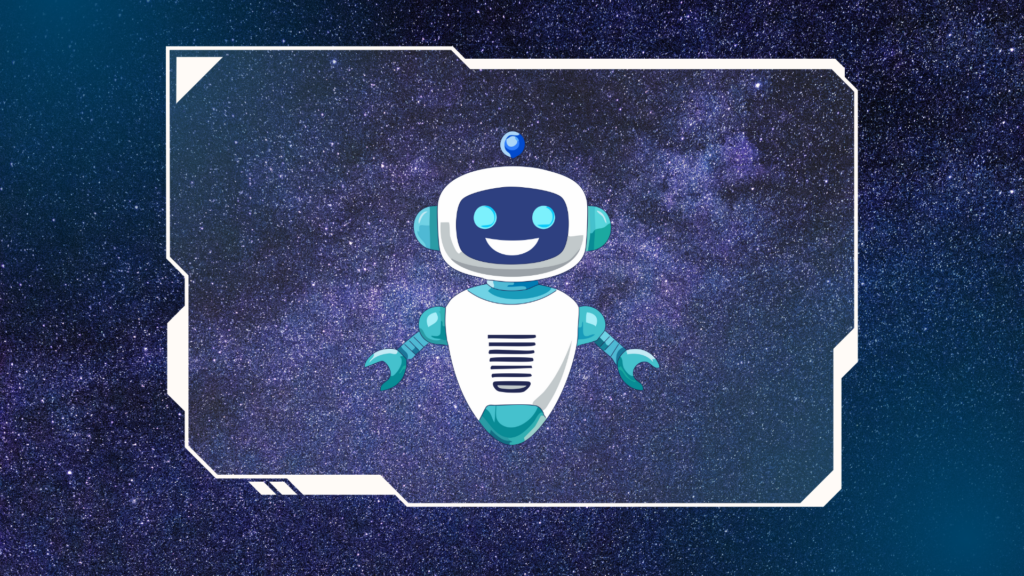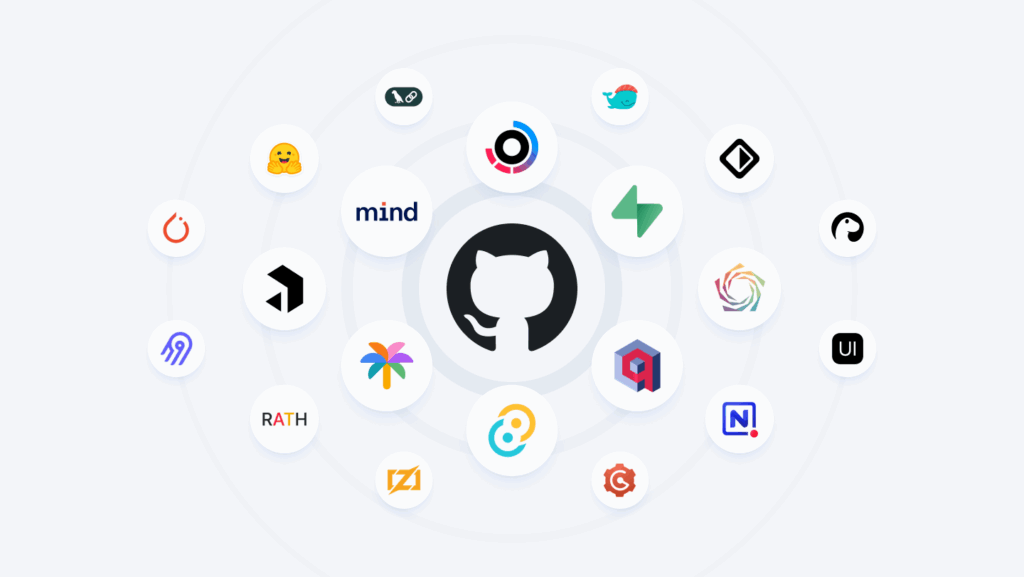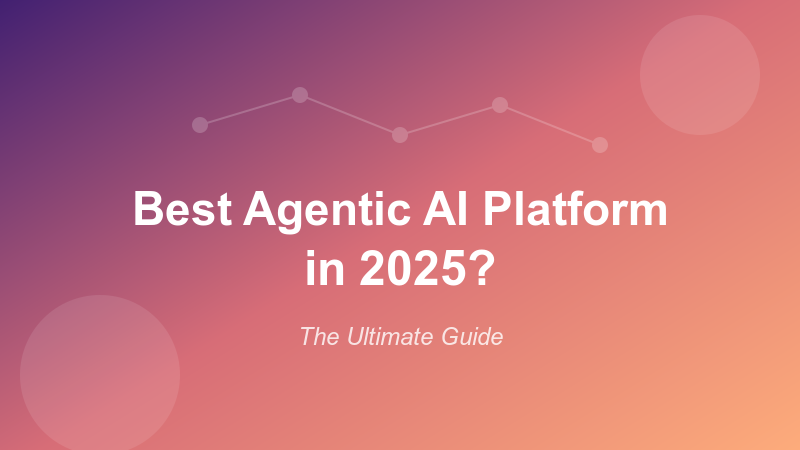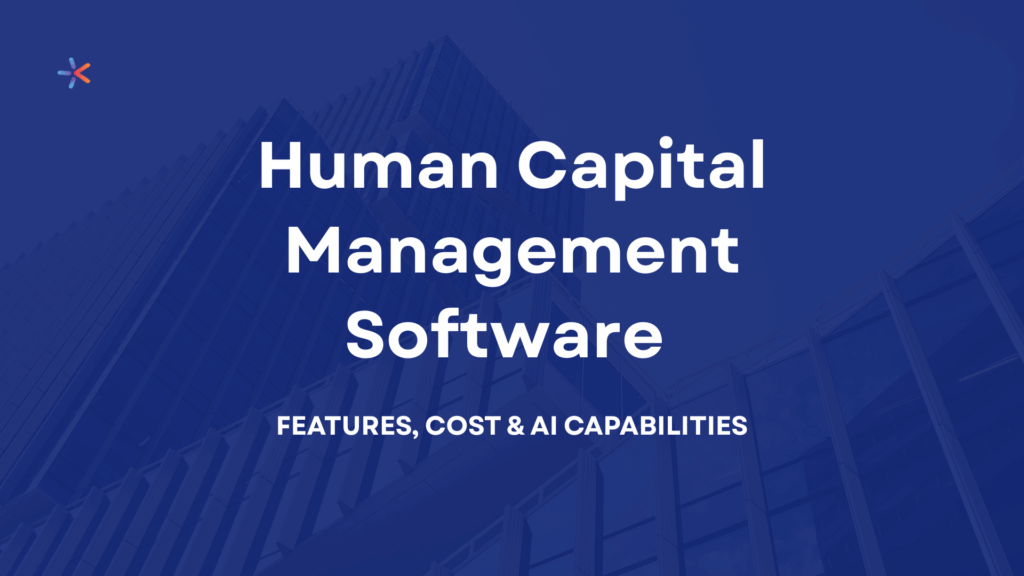Introduction
In 2025, the convergence of artificial intelligence (AI) and machine learning (ML) is not just a buzzword — it is a foundation for creating apps that deliver real value, smart experiences and competitive differentiation. If you’re an innovator looking to build the next big thing, this blog presents top AI & ML app ideas you can explore, implement and scale. We’ll also dive into key insights, real-world considerations, and how to turn these ideas into impactful apps.
When we say AI & ML app ideas, we mean apps that go beyond static functionality — they learn, adapt, predict, customise, and automate. The ideas below reflect domains where AI & ML are primed for growth and disruption. As you read, think about your niche, your target users, and how you can leverage smart capabilities to solve real problems.
Why AI & ML Apps Are a Big Deal in 2025
Before the ideas, let’s lay out why building AI & ML-powered apps is a smart move this year:
User expectations: Users increasingly expect apps to feel “smart” — personalised, context-aware, proactive. AI & ML enable that. vativeapps.com+2tech-stack.com+2
Technology maturity: Tools, frameworks and services (on-device and cloud) have matured, lowering barriers. tech-stack.com+1
Market opportunity: Many verticals (healthcare, finance, wellness, travel, education) are ripe for AI disruption. Openxcell+1
Competitive advantage: If you build an app that uses ML to personalise or predict, you can stand out from traditional apps.
Data availability & compute: With more data sources (wearables, sensors, user behaviour) and better compute (edge, cloud), you can build smarter models.
With that context, let’s dive into the top ideas you can explore.
1. AI-Powered Financial Planning & Wealth Assistant
One of the strongest opportunities lies in the finance domain. An app that uses AI & ML to help users manage finances, plan investments, forecast cash‐flows, track spending, and suggest strategies can deliver high value.
Key features could include:
Expense tracking + categorisation via ML
Predictive analytics: “If your revenue drops X%, you may miss savings target”
Personalised investment suggestions based on risk-profile, goals, time-horizon
Alerts for anomalous spending or opportunities (“you saved $300 last month; allocate $50 to index fund”)
Why it matters: Traditional finance apps often stop at basic tracking. With ML you can elevate: adapt suggestions over time, anticipate behaviour, personalise deeply. This idea appears in several trend-lists.
Insight tip:
Focus on user trust and transparency — financial advice must feel safe and credible.
Ensure compliance & security — data privacy is vital.
Use behavioural nudges powered by ML to promote better decisions (saving more, investing earlier).
Conside
2. AI Health & Wellness Coach
Healthtech remains a goldmine for AI & ML innovation. An app that not only tracks metrics (sleep, steps, heart rate) but uses ML to predict issues, suggest interventions, and guide users toward wellness is powerful. Features may include:
Predictive health risk modelling using user data + wearables
Mood / mental-health tracking with ML-based insight (“You seem more stressed last week; here’s a guided breathing session”)
Nutrition / workout plan personalised by ML (goals, body type, progress)
On-device inference for privacy (so data doesn’t always go to cloud)
Insight tip:
Start narrow (for example, sleep + stress) rather than broad health scope.
Use gamification + feedback loops (reminders, progress charts) to encourage habit building.
Consider partnerships (wearables, health data APIs) to enrich data.
Emphasise privacy and security — health data is sensitive.
3. AI Virtual Interior Design & Smart Home Assistant
As people invest more in their living spaces and smart homes, there’s a strong opportunity for an AI & ML app that reimagines interior design, smart-device management, and automates routines. For example:
User snaps a photo of a room → ML/AR suggests layout, furniture, colour-scheme (virtual preview)
Smart home assistant that learns habits & proactively automates (lights, temperature, security) via voice + ML.
Home management dashboard: ML predicts maintenance (e.g., “Your air-filter will need replacement in 2 weeks”)
Insight tip:
Use AR/VR integration + computer vision for the design part.
Data-driven suggestions: learn style preferences, frequency of guests, lighting patterns.
Monetisation: affiliate links for furniture, premium design consultation, smart-home device ecosystem.
UX matters: design apps must feel intuitive and visual.
4. AI Travel & Lifestyle Planner
Travel is back, and with AI & ML you can build apps that plan smarter, personalise based on past behaviour, and react in real-time. Features:
Build full travel itineraries based on user preferences, budget, past trips, ML-driven suggestions.
Real-time adjustments: flight delays, local events, weather changes – ML recommends alternatives.
Localised suggestions: restaurants, experiences, hidden gems, personalised by ML based on user reviews, ratings, preference.
Lifestyle assistant: plan events, shopping, dining, and integrate ML to learn style and suggest accordingly (overlaps with fashion).
Insight tip:
Data sources: travel history, booking data, location data (with consent).
Leverage ML for pattern detection: what kind of trips the user likes (adventure vs luxury), how they spend time.
UX: provide “surprise” suggestions (something new) while staying within comfort zone.
Partnerships with travel agencies, hotels, local guides can enrich ecosystem.
5. AI Career Coach & Learning Assistant
The learning and career-development space is rapidly evolving — AI & ML can personalise learning paths, simulate interviews, track progression and suggest next steps. Possible features:
Skill‐gap analysis: ML compares user profile to job market demand, suggests what to learn.
Interview simulator: AI asks questions, gives feedback on tone, speech, posture, content (via computer vision + NLP).
Learning assistant: Adaptive quizzes, content suggestions, focus areas based on performance.
Career path mapping: user enters background & goals; ML models suggest possible roles, timelines, required skills.
Insight tip:
Leverage data from job listings, skills databases, industry demand to drive ML suggestions.
Use gamification for progress tracking (badges, milestones).
Consider community features: peer reviews, mentoring, sharing insights.
Privacy: user profile data should be secure and optional.
6. AI Voice Assistant for Workplaces & Productivity
Work-productivity apps continue to be a strong space for AI & ML innovation. An assistant that understands your work habits, automates tasks, generates insights, and learns over time is extremely valuable. Features:
Voice+NLP assistant that schedules meetings, writes emails, generates reports, summarises action items.
ML learns from your usage patterns: when you respond, what tasks you postpone, what you delegate — and proactively helps.
Analytics dashboard: your productivity patterns, time-blocks, bottlenecks, suggestions to improve.
Integration with popular tools (Slack, Teams, Gmail, calendar) and custom workflows.
Insight tip:
The barrier: natural language understanding + integration with many apps. Start with key use-case (e.g., email summarisation) then expand.
Ensure learnability: ask user permission, allow undo/override actions.
Consider enterprise adoption: subscription model, multi-user features, admin dashboards.
Highlight human-in-the-loop: AI assists, but user controls final actions.
7. AI Sustainability & Smart-City Solutions
A newer but increasingly important domain: AI & ML for sustainability, smart-city services, resource optimisation. Apps that help citizens, businesses or governments optimise energy, waste, logistics, urban planning. For example:
ML forecasts energy usage for buildings, and app suggests adjustments.
Waste management app: user logs waste, ML suggests recycling methods, collection times, predictive analytics for city services.
Transport optimisation: hyper-local routing, shared mobility suggestions, ML-based demand forecasting.
Insight tip:
Data sources: IoT sensors, city infrastructure, satellite data (depending region).
Value proposition: cost savings, environmental impact, regulatory compliance.
UX: simplify complex data into actionable suggestions for users.
Partnership: collaborate with municipalities, urban planners, enterprises.
Implementation Considerations & Best Practices
When building any of the above AI & ML app ideas, here are some best-practices to follow:
Start with a clear problem statement: What user pain-point are you solving?
Data strategy: ML succeeds with good data. Decide what data you’ll use, how you’ll collect it (sensors, user input, APIs), and how you’ll train/infer.
Model choice &-size: On-device vs cloud. For privacy & speed you might choose edge inference. tech-stack.com+1
User experience (UX): AI features should feel natural and helpful, not intrusive or weird. Avoid “AI for the sake of AI”.
Transparency & trust: Especially for finance, health, legal domains — users must trust your app. Provide explanations, allow control.
Privacy & compliance: Data security, encryption, regulatory compliance (GDPR, HIPAA where applicable).
Feedback loops & continuous learning: Build mechanisms so your ML models improve over time from user interaction.
Scalability & maintenance: ML models degrade, data drifts; plan for retraining and monitoring.
Monetisation & business model: Freemium, subscription, enterprise licence, affiliate partnerships — whichever fits your niche.
Differentiation: Many apps now claim “AI”. Focus on your unique data, domain expertise or UX edge to stand out.
How to Choose Your Focus
If you’re sitting down today and wondering which one to build, here’s a quick decision flow:
What domain are you passionate about? (finance, health, travel, education, sustainability…)
What data/access do you have? (Do you already have user data, partnerships, sensors?)
What skillset do you bring? (ML, CV, NLP, AR/VR, device integration…)
What is the competition like? (Is this area crowded? Can you offer a unique twist?)
What is the business model? (How will you monetise long-term?)
What is your MVP? (Focus on one core capability you can launch with minimal features, then expand.)
Start with the smallest viable version of the app idea, test with real users, collect feedback and iterate. AI & ML add complexity, so validated learning early is key.
Conclusion
The world of AI & ML apps in 2025 is rich with possibility. From financial assistants and wellness coaches to virtual interior design, travel planners, career mentors, productivity aides and sustainability tools — the ideas are there. What matters most is your execution: building an app that truly understands users, adapts to them, and delivers value they can’t get elsewhere.
If you focus on one of these ideas, apply the implementation best practices, start lean, iterate fast — you’re in a strong position for success. The keyword “AI & ML app ideas for innovators” is more than just a phrase: it’s your roadmap to creating something impactful.
Go ahead, pick your niche, build your MVP, and let the intelligence of your app amaze your users.
Happy building! 🚀
Frequently Asked Questions on AI & ML App Ideas for 2025
Some of the top AI & ML app ideas for 2025 include predictive healthcare apps, AI-powered virtual tutors, personalized shopping assistants, intelligent productivity bots, and sustainability optimization apps. These solutions focus on automation, personalization, and data-driven decision-making.
AI & ML apps help startups reduce operational costs, automate workflows, and gain insights from data. They empower innovators to create scalable, intelligent, and personalized digital products that enhance user experiences and increase business value.
Technologies such as Python, TensorFlow, PyTorch, AWS SageMaker, and Google Cloud AI are crucial for developing robust AI & ML applications. Integrating APIs, automation tools, and data visualization frameworks also enhances app functionality and scalability.
Industries such as healthcare, finance, retail, logistics, and education are seeing massive benefits from AI & ML apps. These sectors use intelligent automation, predictive analytics, and personalized recommendations to drive efficiency and customer engagement.
Codevian Technologies specializes in building intelligent, scalable, and high-performance AI & ML applications. From concept to deployment, our team integrates automation, predictive analytics, and deep learning models to transform your business vision into a cutting-edge digital product.







